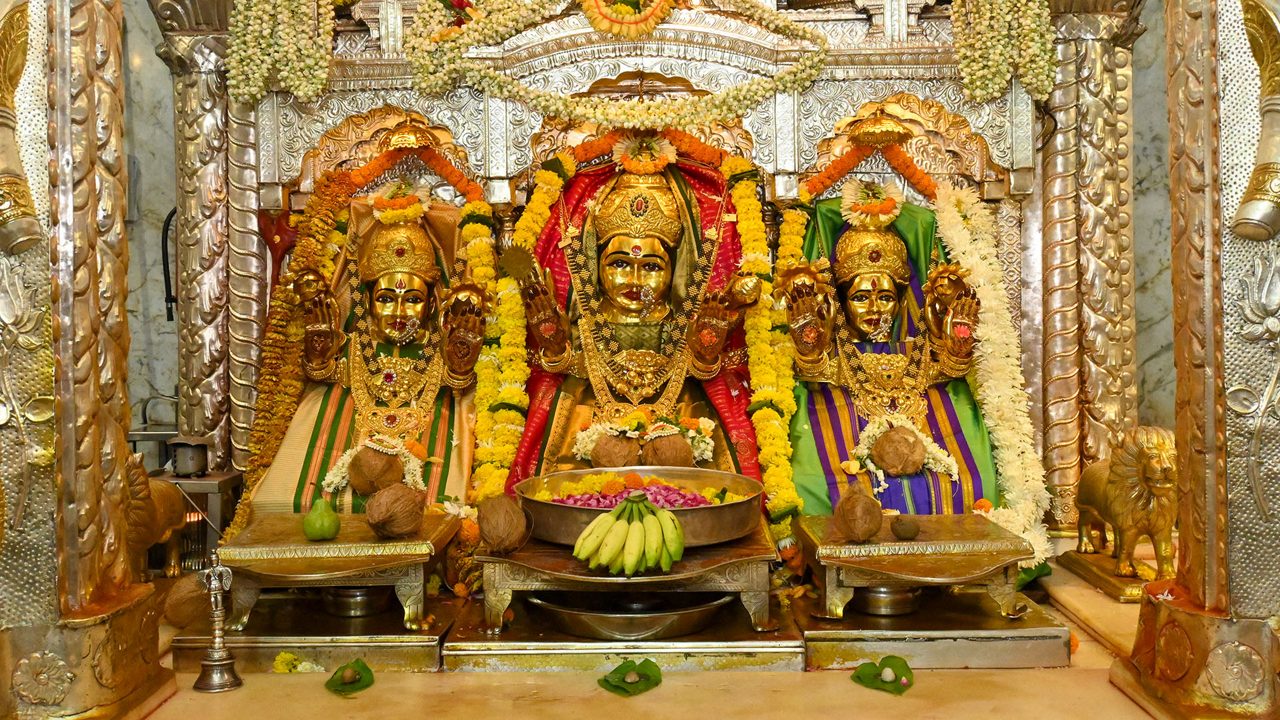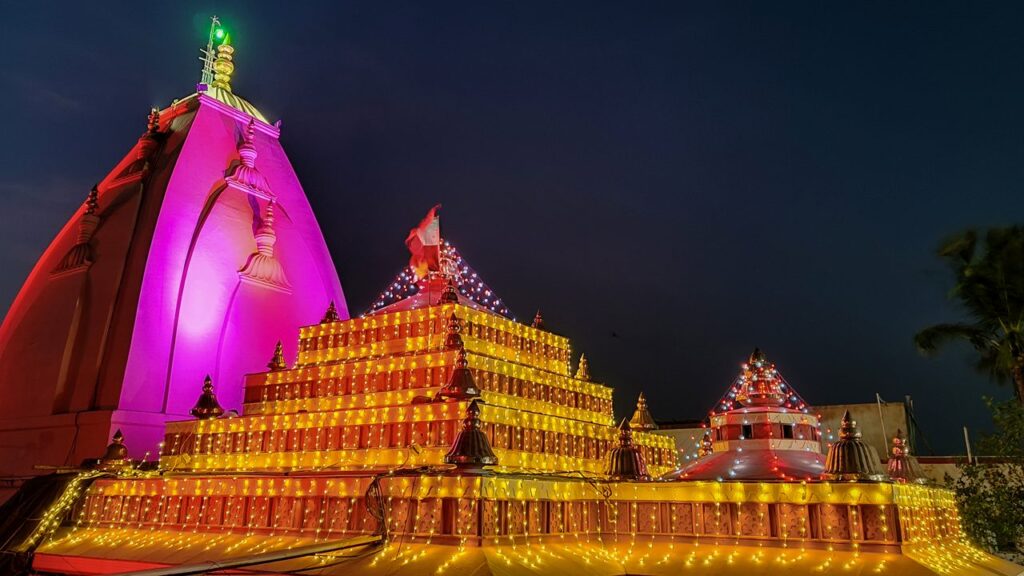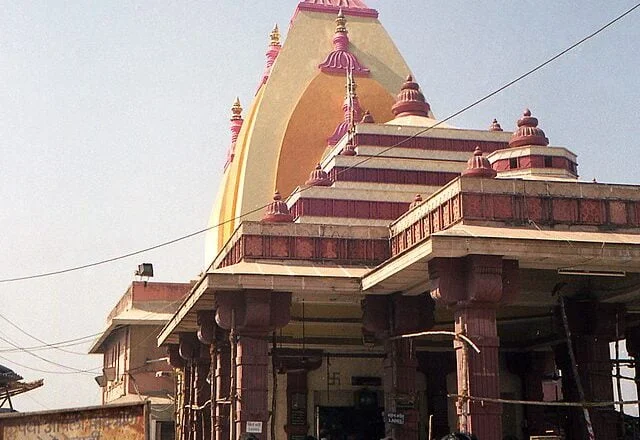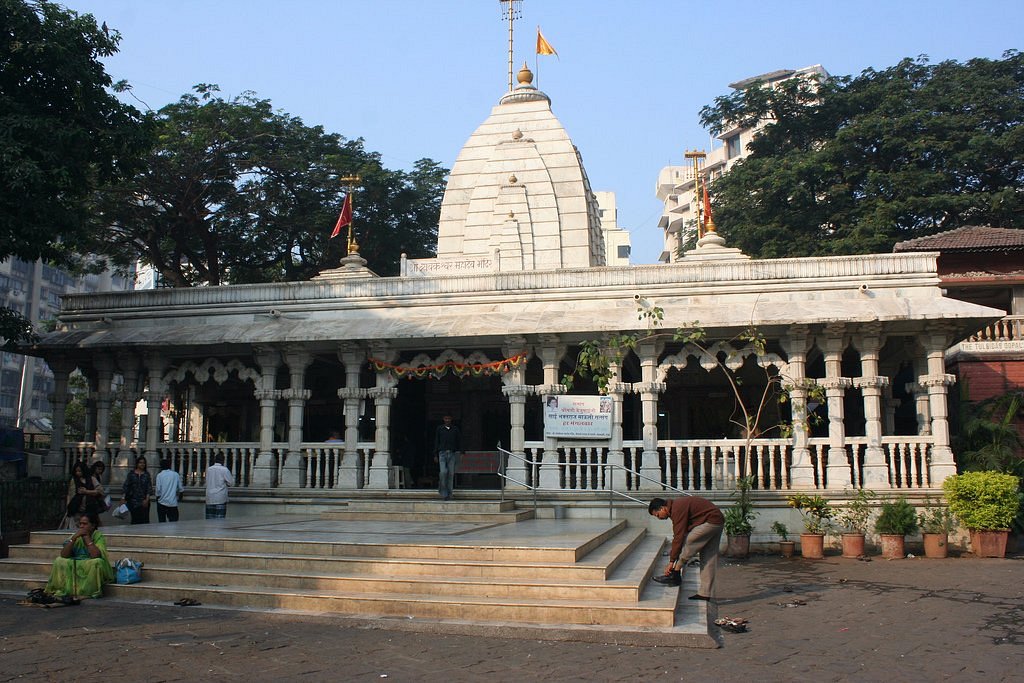
Mahalaxmi Temple Mumbai:
India is a religious, spiritual, and cultural country where every goddess and god has special and holy space in the hearts of crores of individuals. Goddess Mahalaxmi is also among them who symbolize richness, welfare, good fortune, and prosperity. New shop, Diwali, family financial success or financial security as a whole – Mahalaxmi is the deity who is being prayed to as the divine entity who bestows richness and richness upon her people.
Her life is closely related to India’s religious and cultural history because huge temples have been built in her name all over India. Some of them are the most beloved ones like the Shri Mahalaxmi Temple at Kolhapur, Maharashtra, the Mahalaxmi Temple in Mumbai, and the Ashtalakshmi Temple at Chennai. These prayer temples attract thousands of devotees to her prosperity and wealth blessing. (Mahalaxmi Temple Mumbai)
But Mahalaxmi is much more than a symbol of prosperity in some material way. She is a symbol of the flow of prosperity in every aspect of life—spiritual, emotional, and material. She is not only the acquisition of prosperity but also the maintenance of balance and harmony of life. Let us plunge deep into the meaning, myth, worship, and spiritual value of Mahalaxmi.
The Significance of Mahalaxmi Temple Mumbai
Lakshmi or Mahalaxmi is the goddess of prosperity and wealth in Hindu mythology. She is among the most revered goddesses who are not only prayed in India but in the world by Sanatan Dharma people as well. The arrival of goddess Lakshmi is the sign of the richness, prosperity, and healthiness of the residents along with the family. (Mahalaxmi Temple Mumbai)
She is Lord Vishnu, universe preserver, wife. The marriage of the gods demonstrates the thesis that sustenance (Vishnu) and preservation (Lakshmi) must go together. Sustenance cannot be had with sustenance one, nor exist without sustenance with wealth an extraneous variable. This union is the law of Hindu philosophy.
Mahalaxmi is also depicted as a shining goddess seated on a lotus with flower-bursts, representing purity and radiance. She has four arms holding on to dharma (moral order), artha (wealth), kama (pleasures), and moksha (emanipation)—four inherent life goals.
She was developed from the immense Hindu Puranas and epics. One of her most widely retold creation myths is likely the Samudra Manthan, or universe ocean churning.
Mythological demons and gods agitated the ocean for Amrit, immortality nectar. Some heavenly objects and subjects also crossed the path, e.g., Mahalaxmi. She emerged from the white sea which was abounding with beauty and became Lord Vishnu’s wife for all eternity. The episode figuratively depicts that bliss and fortune come to those who work exceedingly hard and try to bring something into shape.
Mahalaxmi Temple Mumbai: The most cited story is in the Ramayana, where Lord Rama calls upon Goddess Lakshmi before killing Ravana. In the Mahabharata also, Draupadi calls upon Lakshmi when she is most in need of it, i.e., God’s grace can step in and save the day in moments of need.
Worship and Rituals (Mahalaxmi Temple Mumbai)
Mahalaxmi is worshiped in many different ways in India and even globally. Her grand festival is Diwali, which is the festival of light. Her believers adorned their homes from the ceiling to the floor on this day, lit candles, and worshipped so that good energies and wealth could be brought to their homes. According to commoners’ perception, Goddess Lakshmi appears only at tidy, clean, and pure homes. (Mahalaxmi Temple Mumbai)
Besides Diwali, there is still another festival dedicated to her name, i.e., Varalakshmi Vratham, but it is only celebrated purely in South India. It is a women’s day by the women of their weddings for happiness in their house. It is celebrated with fasting, adorning houses, and special pujas.
Morning and evening prayers to appease Mahalaxmi consist of the chanting of the Lakshmi Ashtakam, Kanakadhara Stotra, and Sri Suktam. The photographs or statues of the goddess are also placed in the workplace by millions of people on the conviction that it will bring success. Elsewhere in the world beyond the Indian subcontinent, Mahalaxmi is also worshiped in Nepal, Bali, and other parts of Southeast Asia under strong Hindu influence.
Mahalaxmi Popular Temples
Mahalaxmi is also worshiped in a huge number of temples throughout India. The most popular among them are:
- Shri Mahalaxmi Temple, Kolhapur, Maharashtra – One of the most popular Mahalaxmi temples, this is a Shakti Peetha too and draws thousands for her blessing.
- Shri Lakshmi Narayan Temple, Delhi – The Birla Mandir is another very influential religious complex of the nation’s capital.
- Mahalaxmi Temple, Mumbai – The temple is very popular, particularly on Navratri and Diwali, and is situated close to the Arabian Sea.
- Ashtalakshmi Temple, Chennai – The temple is special in the way that it illustrates all eight avatars of Mahalaxmi.
- Padmavathi Temple, Tiruchanur, Andhra Pradesh – Goddess Padmavathi temple, who is an incarnation of Mahalaxmi, is situated close to the Tirupati Balaji temple.
Forms of Mahalaxmi Temple Mumbai
Mahalaxmi is also invoked in various forms, one to represent some specific quality of wealth and prosperity:
- Adi Lakshmi – The original goddess, i.e., boundless wealth and prosperity.
- Dhana Lakshmi – Goddess of property, possessions, money, and wealth.
- Dhanya Lakshmi – Bestower of fertility of crops and prosperity.
- Gaja Lakshmi – Bestower of strength, power, and royalty.
- Santana Lakshmi – Child and fertility goddess, for hereditary succession.
- Veera Lakshmi – Goddess of strength and courage during adversity.
- Vijaya Lakshmi – Deity goddess of success, victory, and accomplishment in life.
- Aishwarya Lakshmi – Goddess of wisdom, intelligence, and knowledge.
All these categories bring us to another field where success is attained in life, and therefore one can see that success is not merely economic but wisdom, achievement, and health.
Mahalaxmi and Contemporary Relevance
In life’s uncertain years, when worldly demands and economic insecurity irritate us and make us nervous, Mahalaxmi philosophy accompanies us in time today. It does so to remind us that money is as much a question of giving, spending, and worldly paradise as of receiving, saving, and earthly bliss.
Wealth is wrongly thought by all to be money. But it is everything—material prosperity, peaceful mind, good health, and social relationships. To receive the favor of Mahalaxmi, one must adopt the qualities of hard work, honesty, charity, and thankfulness.
Today, businessmen like to worship Mahalaxmi before undertaking gigantic ventures, believing that honest trade and justice draw divine favors. Families also call upon her to bestow peace and prosperity on families.
Conclusion (Mahalaxmi Temple Mumbai)
Mahalaxmi is not just the goddess of worldly wealth; she is the provider of life. She is the teacher who teaches us how to utilize money and distribute it without taking a fee. In a world where worldly prosperity is being pursued most of the time at the cost of religious harmony, her lesson teaches us how to live the life of harmony and peace. (Mahalaxmi Temple Mumbai)
With the guidance and religiousness of Mahalaxmi, we don’t only acquire prosperity but acquire the spirit of abundance, gratitude, and satisfaction. Her divine blessing is what we desire to impart to everyone who comes to her with good and pure intentions.
Indian Temple: Mahalaxmi Temple Mumbai
Source: Mahalaxmi Temple Mumbai


